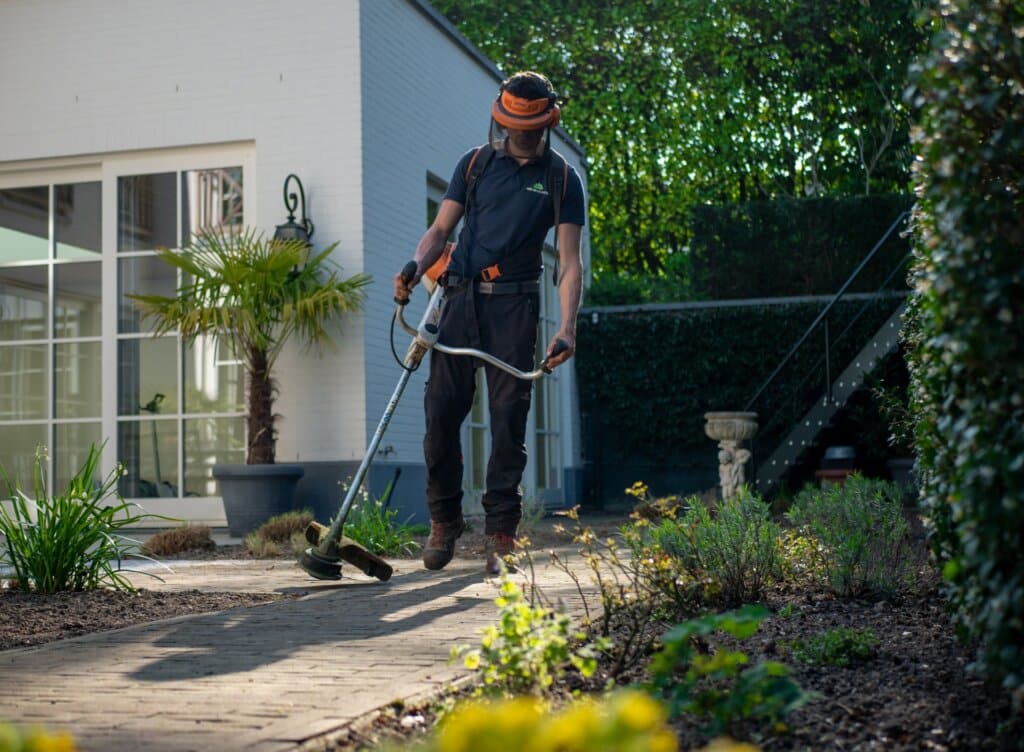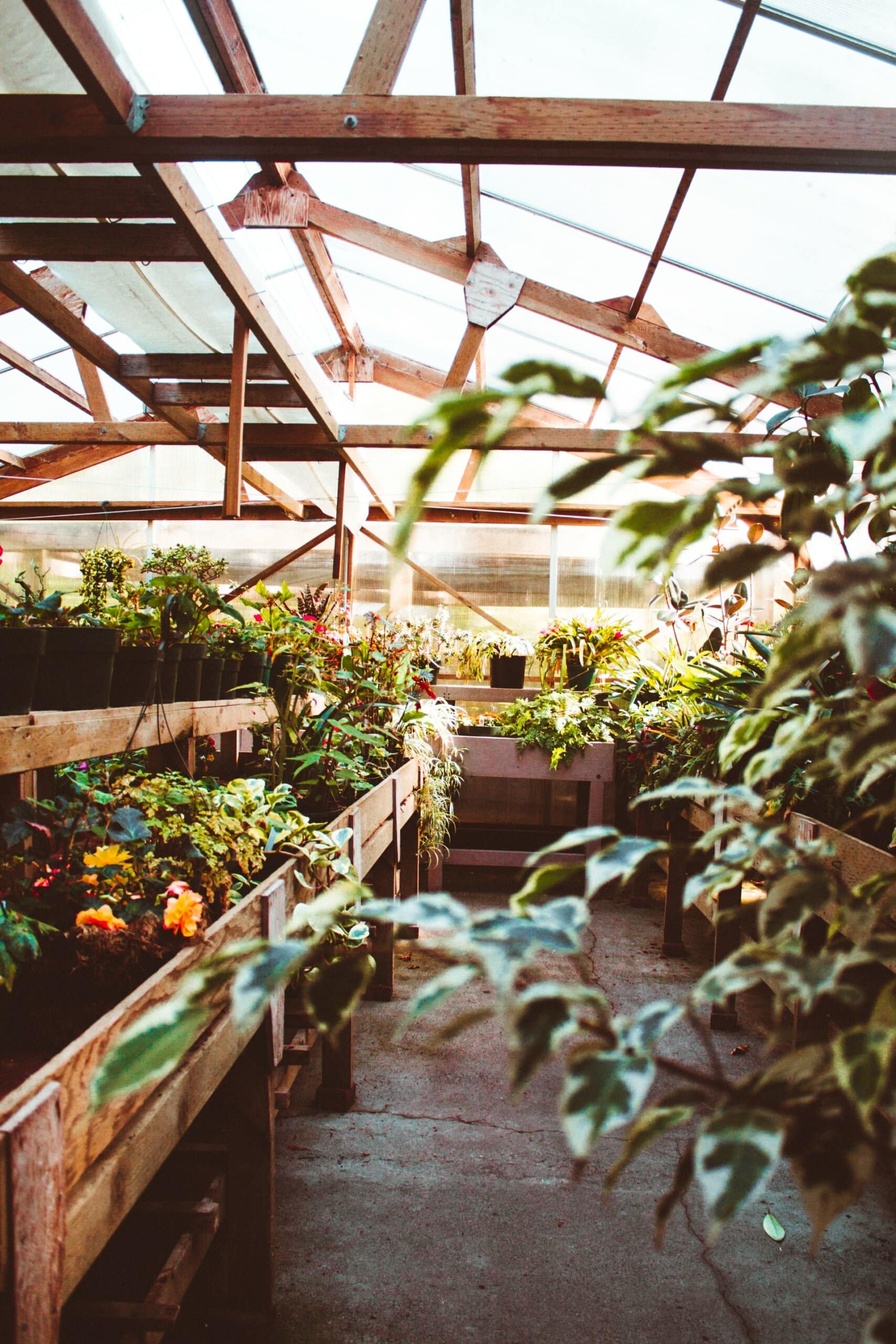Fall has finally arrived. Whether you want to decorate your home for Halloween or pick up gardening as a hobby, fall is a perfect time now that the warmer weather has gone. If you’re a first-time gardener, you might be unsure how to prepare your garden for the fall season. The good news is that it is rather simple, even when done at a slower rate. The key is to keep in mind that the fall garden must begin before the arrival of winter. Keep reading to learn how to prepare your garden for the fall season.
Check out the garden
The first step you should do is to take a walk around in the garden and take a close look at it. Look for bald spots in the soil that need to be amended or overgrown plants that need to be divided. If you’ve already planted herbs, bring them inside before the weather becomes colder so you can enjoy them for longer. Simply move the pots to a sunny, warm spot on the porch that is not exposed to snow or frost. If the grass is taller than it used to be, trim it down to an even height with a lawnmower.
Save your harvest
Make sure that you collect all of the garden’s fallen fruits as quickly as possible because rotting fruits attract pests. If you have favorite plants, remember to save their seeds. Any healthy crops that have gone to seed can be harvested for their seeds. Save some of them in zip locks or paper envelopes and keep them cool and dry.
Clear the weeds
Clearing weeds is a good idea, but keep in mind there are weeds which are helpful to the soil. Many weeds hide among ornamentals, sprouting when the weather becomes dry and taking over if left alone for too long. Get rid of the weeds that have been hiding under the plants, before the roots grow too large, or the weeds set seed. Cut them and lay them on top of the soil or beneath the mulch to decay and act as fertiliser.
Remove infested plant
Remove damaged plants as soon as you find an infestation in your garden. All infested plant stuff should be thrown away or burned. Throw them away into the trash rather than into your compost pile, where the insect or illness could grow. This is a must-do because you certainly wouldn’t like the pests to overwinter in the soil. But keep in mind that few pests are acceptable because they may be useful to your garden by attracting insects.
Prepare the soil

Re-use the garden soil for the fall if it’s still in good shape. You’ll probably need to add a little more because the top layer has decomposed already. Make sure that the soil is fit for planting. If your soil has been compacted throughout the summer, use a garden fork or your hand to fluff it up a little. Remember to use your gardening or latex gloves when doing so. You don’t need to till deeply. Just enough to allow new plant roots to move around and water to pass through.
When preparing the soil, it’s also a good idea to apply some slow-acting organic fertiliser. You can use particular additions like green sand, which acts as a soil conditioner, or blood meal that helps to raise nitrogen levels in the soil. A general-purpose fertiliser will suffice if your plants don’t display signs of nutritional deficiency. Once you’ve finished amending your soil, rake it out to even out the surface and break up any clumps.
Plant what you want
It’s time to plant the seeds and transplant seedlings after you’ve made space for your fall garden. Keep your seeds and transplants well-watered and the soil moist all through the fall. Water them every seven to ten days with a soaker hose or drip watering system.
Cool-season plants such as cauliflower, asparagus, beets and carrots can all be cultivated as a fall harvest. You may be able to start plants like kale, lettuce, and spinach too. Since cooler temperatures and more rains are coming, it’s also the perfect time to grow trees and woody flora. Moreover, they’ll have time to settle in before the winter.
You can also do indoor gardening for herbs and other plants that grow pretty much every season. Mushroom grow kits are also perfect for something edible and easy to grow. Between the cold weather and rainy season, ample moisture helps mushrooms grow fast.
Protect them for winter
As you prepare for the winter, start your preparation to protect the plant. Season extension solutions such as cold frames and row covers are reasonably inexpensive and easy to store in the off-season. This is the time to stake them before the cold weather sets in.
Since strong winds are more common in the fall, young trees’ roots might be broken off. So, when it comes to securing the trunk, try to avoid using scratchy wire. Instead, run it via a garden hose section. Other than that, it’s also wise to use vinyl tree wraps to protect them from rodents and weed trimmers. If a tree’s trunk has been harmed, a permeable cloth tree wrap can help protect the trunk while also allowing it to recover.
Clean your garden tools
Once the gardening season is over, put away all the tools you used. Take your garden tools and rinse off any dirt before storing them for the winter. Allow them to dry completely before applying a small coat of vegetable oil to prevent rust. Once they’ve been cleaned, keep them where they belong, among the tools that will come in handy when performing DIY to keep them safe and your workstation tidy.





Leave a Reply